

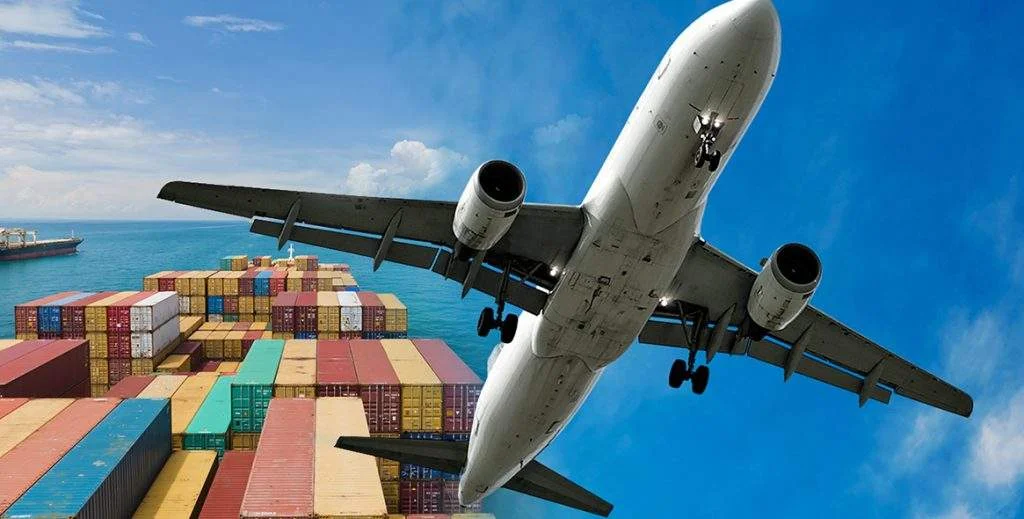
Ocean Freight vs. Air Freight
Speaking of international shipment transport, two modes come into play: ocean freight and air freight. Both are widely spread modes of shipment transport; in nature, however, ocean and air freights happen to be somewhat different, about which the shipment owner needs to know in order to make a proper choice as regards the mode of shipment. What is the difference between Ocean Freight and Air Freight?
Transit Time: Air freight cargo normally reaches its destination within days or even weeks, while ocean freight could take weeks and sometimes months depending on the shipping route and distance.
Price: Usually, air freights cost more than the cost of ocean freight since this is a faster and more convenient means of delivering orders. However, the cost in ocean freight varies a lot depending on distance, volume, and shipping routes.
Volume of Cargo: Air freights are used for small volumes of high value, whereas ocean freight is best utilized for large volumes, heavy machinery, vehicles, and bulk commodities.
Carbon Footprint: By nature, ocean freight tends to have a lesser carbon footprint, as bigger vessels used can carry more cargo, thus making fewer trips with less fuel use compared to air freight.
Customs Clearance: Customs clearance may be complicated; however, this depends on the mode of shipment applied. Most times, air freight is easier and faster during customs clearance compared to ocean freight.
Sea Freight vs. Air Freight Carbon Footprint


Is Ocean Freight Cheaper than the other?


How to Choose Shipping Mode
Final Takeaway
FAQ
It depends on your specific needs and priorities.
Speed and time-sensitive delivery.
Cost-effectiveness for large volumes and heavy goods.
It has a higher carbon footprint than ocean freight.
It depends on the shipment’s size, weight, distance, urgency, and other factors.

TopShipping
With years of experience in logistics and freight forwarding, the author is passionate about making shipping smoother and more efficient.
As a leader at TopShipping, they’ve developed a deep understanding of supply chain management, international shipping rules, and creative logistics solutions. They’re driven by a desire to help businesses succeed by delivering reliable, customer-focused services.
Over the years, they’ve also shared their expertise by writing for various industry publications, offering practical tips and insights on the latest trends in logistics. Thanks to their leadership, TopShipping has become a trusted name for companies looking for hassle-free global freight solutions.
Comment Section
Comment
Write your idea about "Ocean freight vs air freight"


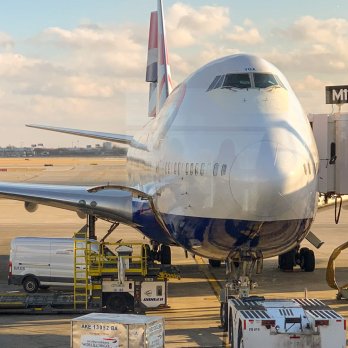



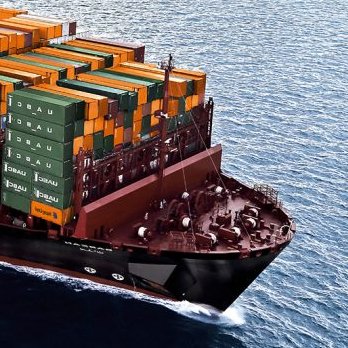
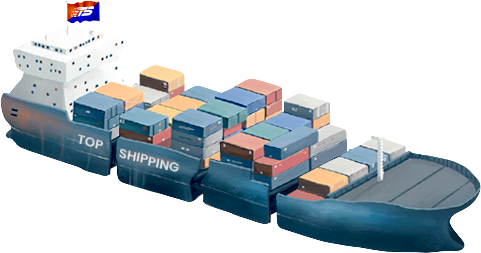
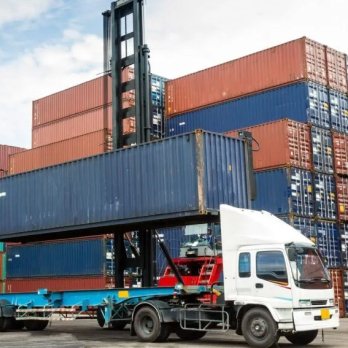

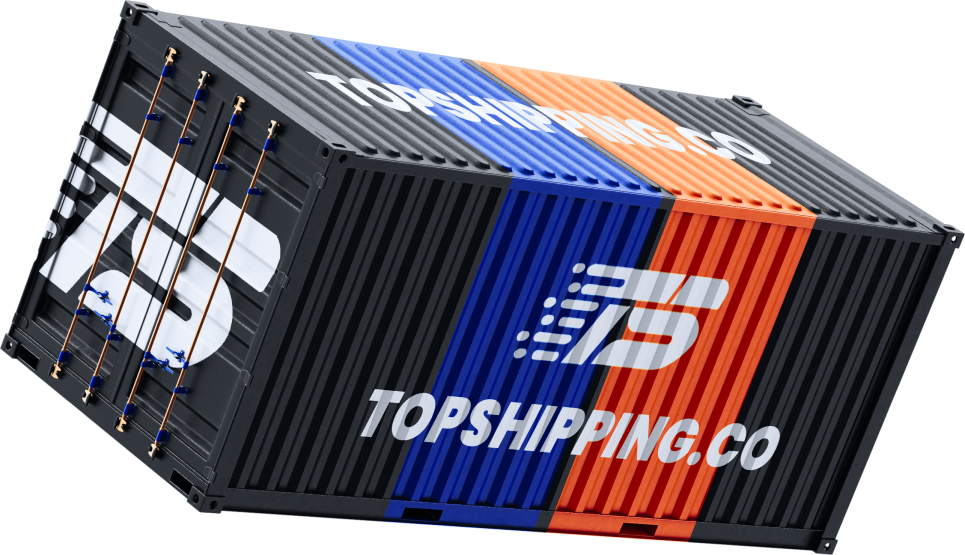





No comments yet.